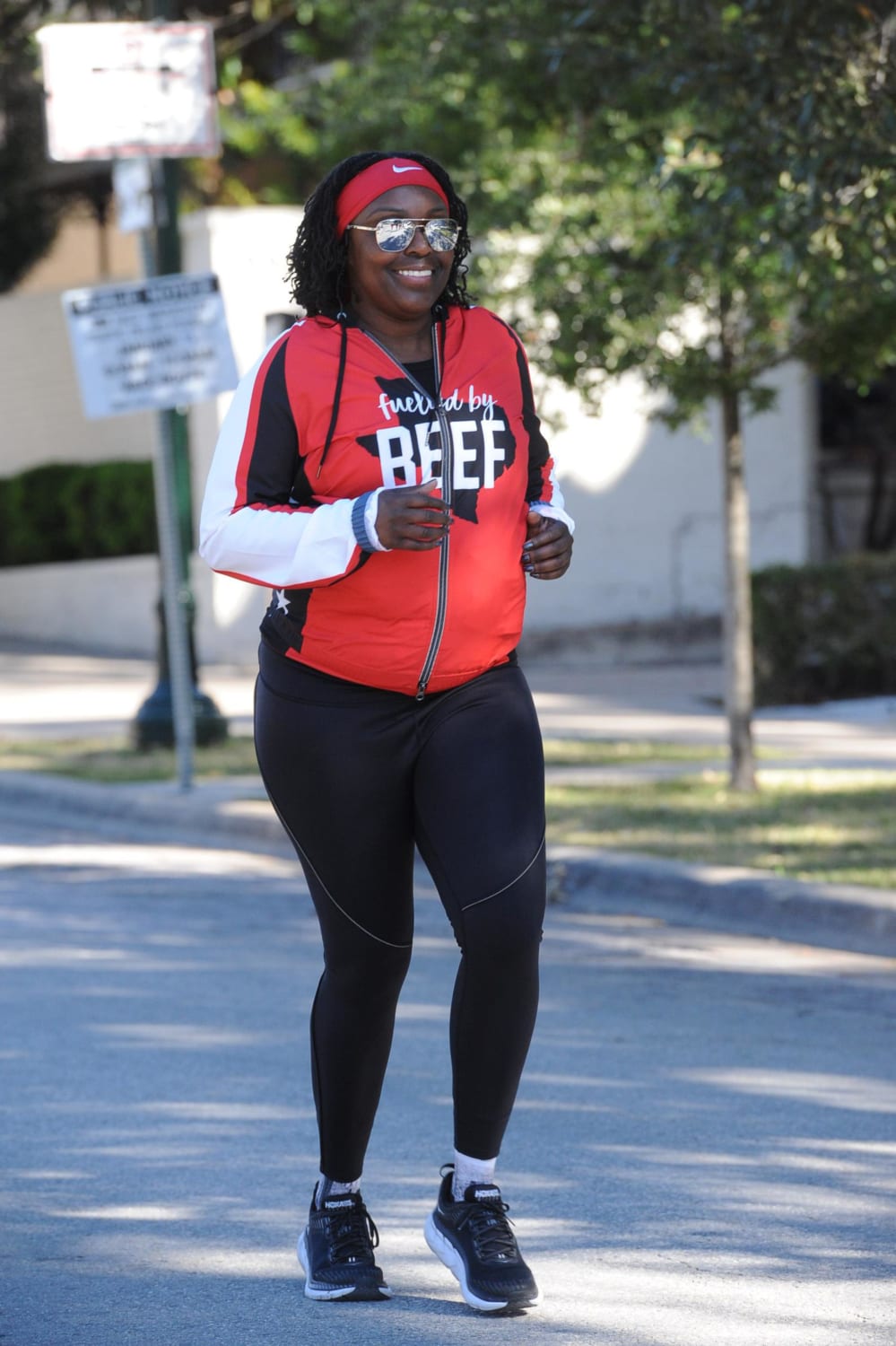Running 13.1 miles is an impressive feat, it’s not just a half marathon
Every year thousands of participants chase their half marathon PR at 3M Half Marathon. Whether you earn a new PR or not, you’ve still completed a magnificent achievement. Crossing the finish line marks the completion of 13.1 miles, not just a half marathon. High Five Events’ Emily Stevens tells her story of completing 13.1 miles and achieving her goal.
Have to run marathons
When I started investing in my running hobby, by paying to be coached, I thought the only way to justify spending the money was if I ran marathons. For two years I ran marathons and was completely dedicated to a strict weekly running schedule. Fortunately, I had the luxury to plan my life around that schedule. I joined a running group and set mileage and speed goals with my coach every week. Marathons were my focus and I had no interest in “just halves.” I was committed 100% and my family fully supported me.
In year two I had some upper thigh pain while running, but barreled through. I kept stretching, rolling, icing, heating, sports massage, and cryogenics. Injury didn’t fit into my plans of training for more marathons. Unbeknownst to me, my last marathon was to be on January 13, 2013. The race was super fun for the first 15 miles. The rest was so increasingly painful, it was like nothing I had ever experienced before or since, and I’ve birthed a child! I did finish, but I was barely walking.
Injury opens a new door
It turns out that the vast amount of miles I had run to prepare for what would be my final marathon caused a stress reaction in the neck of my left femur. Running was trying to chip away at my bone. The day after that marathon I was diagnosed and prescribed crutches to use for 10 weeks. I was told that if, after I healed, I continued running that amount of mileage I could end up needing plates in my thigh bone to hold it together. The news was devastating, but more so it was really scary! Running marathons was my pride and joy.
As my leg was healing, I was forced to get inside my head and re-evaluate things. I was anxious to get back to running, but I was not willing to destroy my leg. By the time I could run again I was so thankful to be able to run for five minutes, 10 minutes, 30 minutes. The first time I ran a full mile I actually teared up. I was slow and steady and if I ever felt the slightest twinge I quit. Instead of being upset, I commended myself for trying and listening to my body. Once I was able to run four or five miles I decided it was time to set a spectacular goal. I was going to run a half marathon. I was more excited to achieve that goal than any of the marathons I ran.
Running 13.1 miles, not just a half marathon
Six months later I ran a half marathon. It was the most rewarding race of my life. I ran 13.1 miles. I RAN A HALF MARATHON.
There is never a reason to denigrate running 13.1 miles. It’s not just a half. It’s in a category that has nothing to do with a full marathon. A half is 21.1 kilometers and takes more than 30,000 steps. That’s three times the daily recommended amount for exercise. A half marathon is an excellent goal and a sweet achievement!





